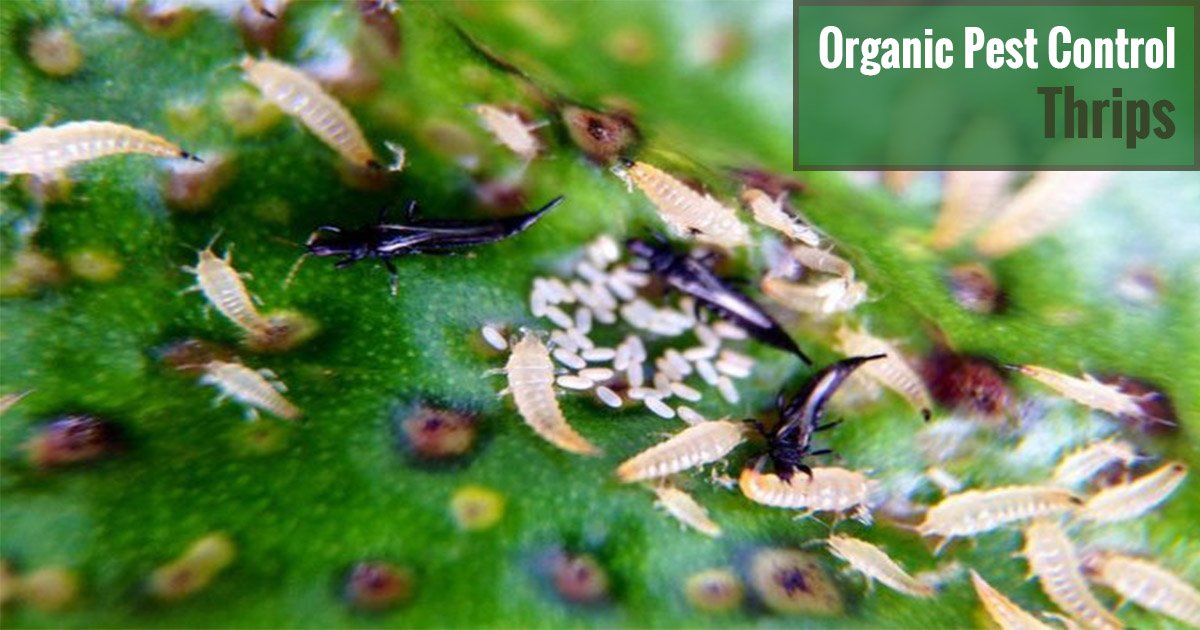
Thrips are frequent pests seen in greenhouses and gardens. They feed in a huge pack. An individual female can generate up to 80 eggs, which hatch in days in warm conditions or weeks to even months in cooler seasons. The good news is that there are a lot of available organic pests control to eradicate thrips.
How thrips look like
Thrips are minute, straw-colored and slender insects measuring about a millimeter or less and have unique and asymmetrical mouthparts and characteristic fringed wings. There are over 6000 documented species of thrips and most of these are commercial pests that feed by sucking plant juices. A few species of thrips are vectors, carrying more than 20 viruses causing plant diseases. They feed in very large groups, often leaving plants splotchy, pale, and silvery before eventually dying.
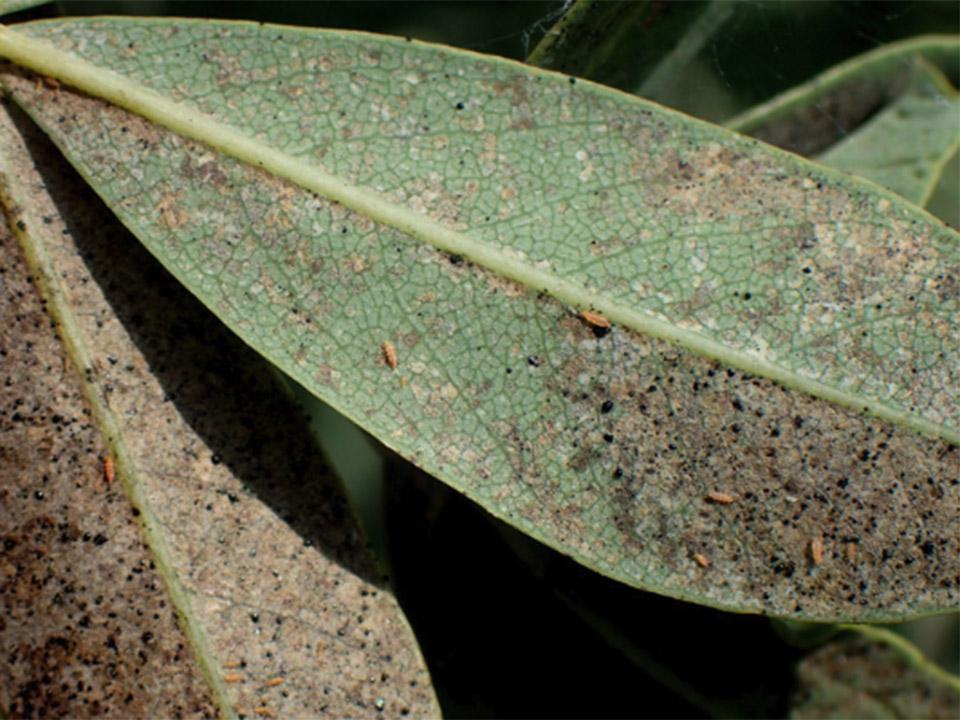
Thrip management using organic methods
Thrip control is just a matter of greenhouse maintenance. Try to lessen the spots where they may reproduce. It demands you to remove plant debris while it is still on the soil and green. They lay their eggs in holes that they left in stems. You need persistence in detecting problems ahead and responding to them as quickly as possible. Inspect your crops for damage and clumps of the pests. Never wait any longer to take action. Make sure to apply reliable and proven techniques.
Remove grass and weeds in and around your greenhouse
Thrips can use weeds and grass in and around your greenhouse as their habitat. Removing weeds and grass is thus an effective control measure. Additionally, you should remove crop debris such as onion leaves from the greenhouse. While at it, refrain from using green mulch and use dry mulch instead since this does not attract nor harbor thrips.
Sticky Traps
Hanging up some blue or yellow sticky traps is an effective way to observe inhabitants. The bright yellow color attracts them. The blue traps are best if you have beneficial insects in your greenhouse.
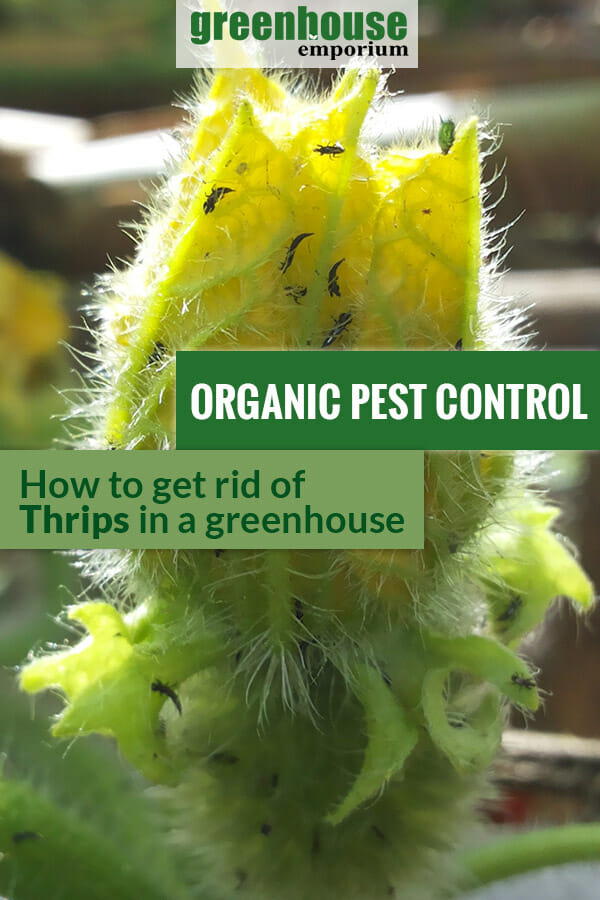
Clean slate
Start clean and stay clean. Unnecessary or too much application of nitrogen composts may encourage greater populations of thrips. Most instances of infection arise because of seedlings imported into your greenhouse. As such, check such planting material thoroughly for signs of infection and discard infected seedlings.
Hose your plants
Hosing the plants and parts of your greenhouse kits that harbor the insects is effective in reducing the number of thrips in your garden. This is important especially because they multiply so fast. Hosing alone, however, may not help in eliminating the pests so it may be necessary that you combine this method of controlling the pests with the use of predatory insects.
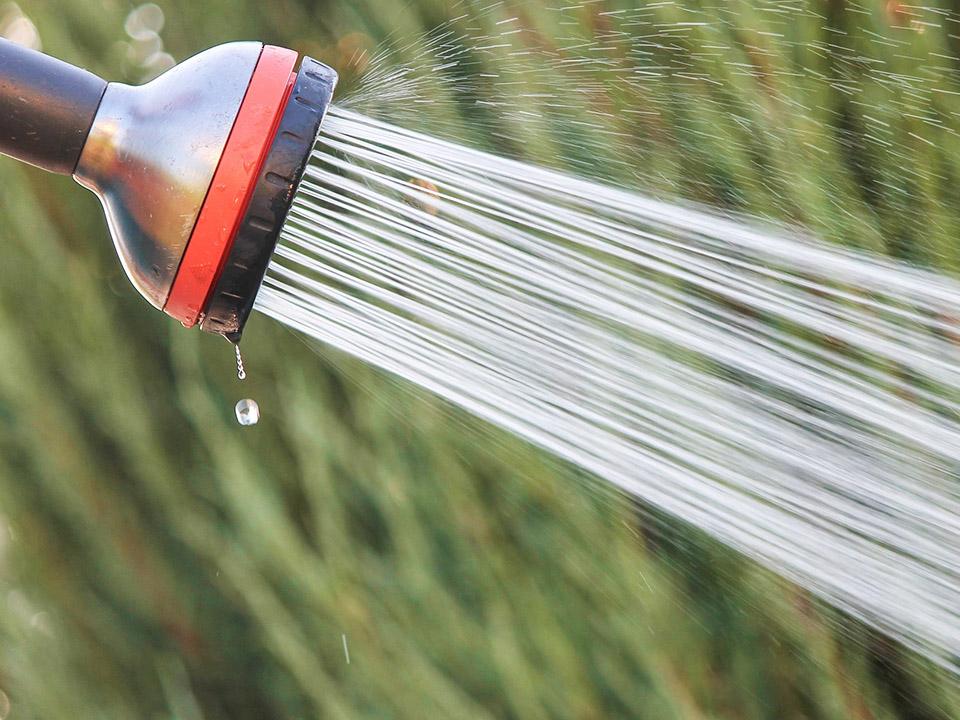
Beneficial insects
Beneficial insects such as the minute pirate bug, lacewing, and ladybug are effective in attacking and destroying thrips during whatever stage of the pest’s life. These insects work best, especially inside greenhouses. The good news is that all these insects are available commercially and you can buy and release them in your greenhouse. Minute pirate bugs are especially effective because they feed on the eggs and larvae of thrips before they even grow into adult insects.
Reflective mulch
Reflective mulch is believed to confuse and repel thrips. Gray or silver is the most efficient color for artificial reflective mulch or mesh, although white will also do the job. The sparkling ultraviolet light messes around with the insects’ senses to dwell on plants. This is very useful throughout the early germination when your plants are so little and fragile. It has been proven to slow down or even deter other pests such as aphids, whiteflies, and leafhoppers.
Insecticidal soap and oil
Covering with botanical neem oil is an effective and safe method that defeats leaf disease growth. It is an effective organic pesticide that is mostly used prior to releasing beneficial insects inside your greenhouse. Soap works well to treat the parts of the garden that are experiencing a heavy infestation. This will not harm any beneficial insects.
Inspect
Examine every plant that you carry into your greenhouse for any indications of thrips. Remove all infected plants by securely seizing and throwing in the garbage. Covering holes in your greenhouses can also lessen pest problems. Do not let them enter your greenhouse by placing a rag on your doorstep.
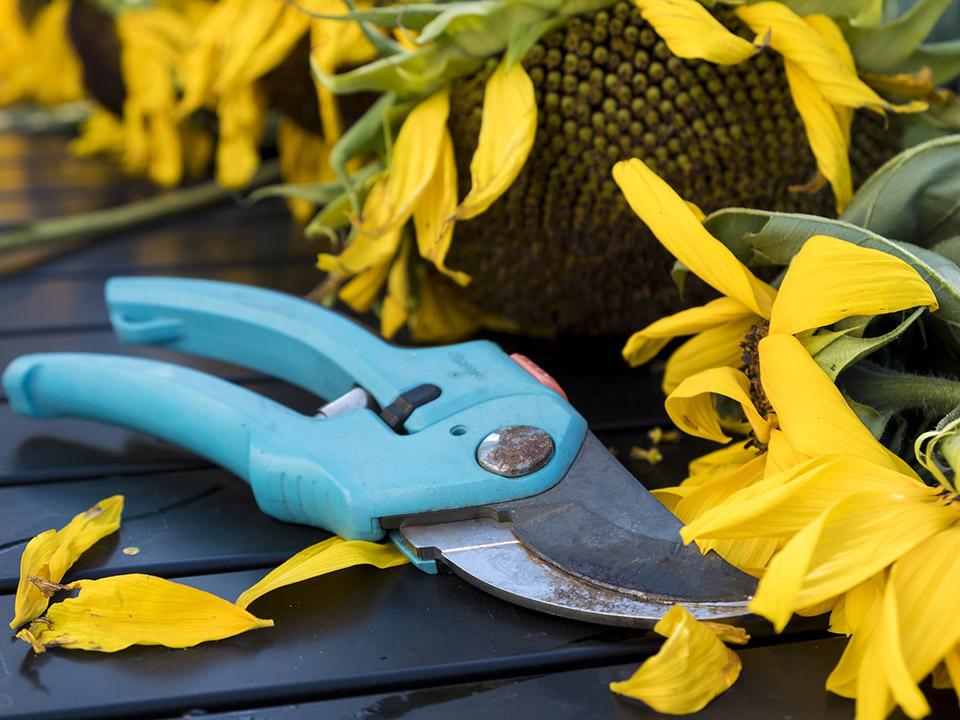
Pruning
Prune and remove damaged and infested plants when controlling a few small plants in the greenhouse. Don’t shear the plants. Shearing arouses thrips-susceptible fresh growth. Prune by cutting your plants merely above branch crotches and nodes rather than shearing off the buds.
Covering
Coverings can eliminate thrips and other pests from your plants. Make sure it allows adequate light and sufficient airflow. Use row covers before your seeds sprouts. Once they grow bigger or it gets warmer, remove the covers to give suitable growing space and to prevent overheating. Drip irrigation is generally required when working with row covers.
Biological Insecticides
Biological insecticides are a powerful greenhouse organic pest control strategy against thrips. They are fungi that develop freely in soils and they are determined to help discard thrips. Spinosad insecticide is based on a mixture found in a bacterial species and it helps eliminate thrips as well.

